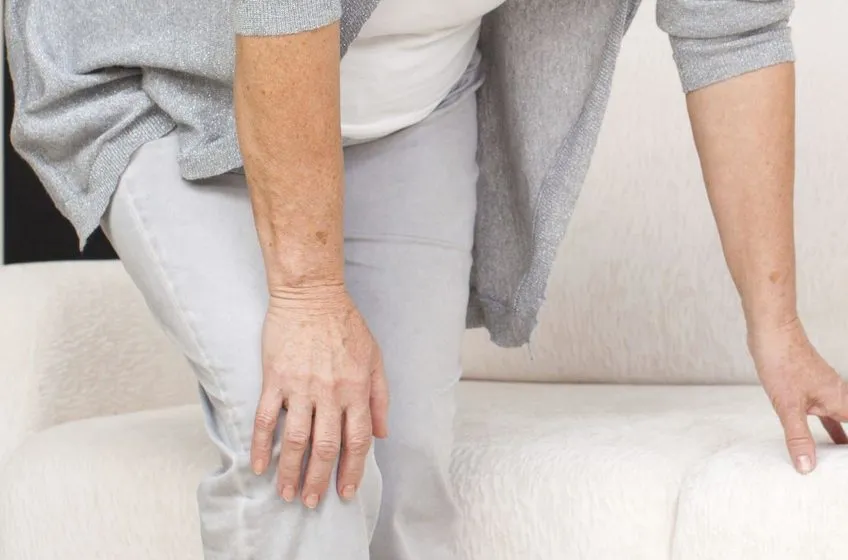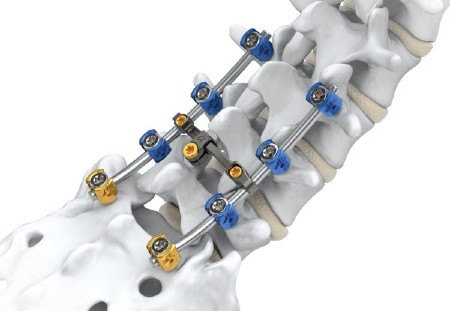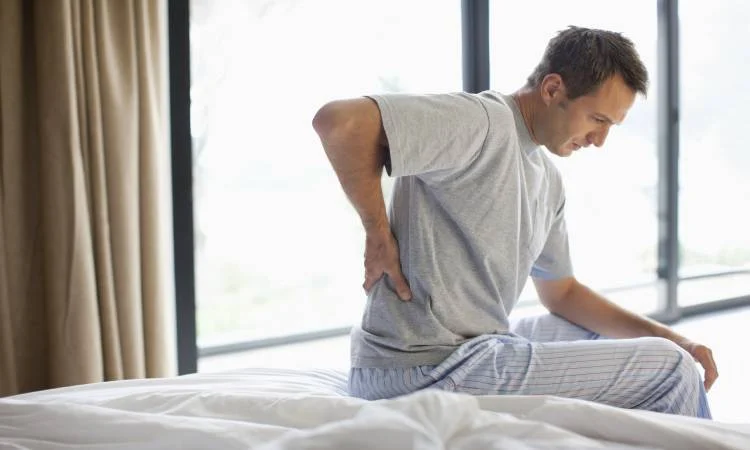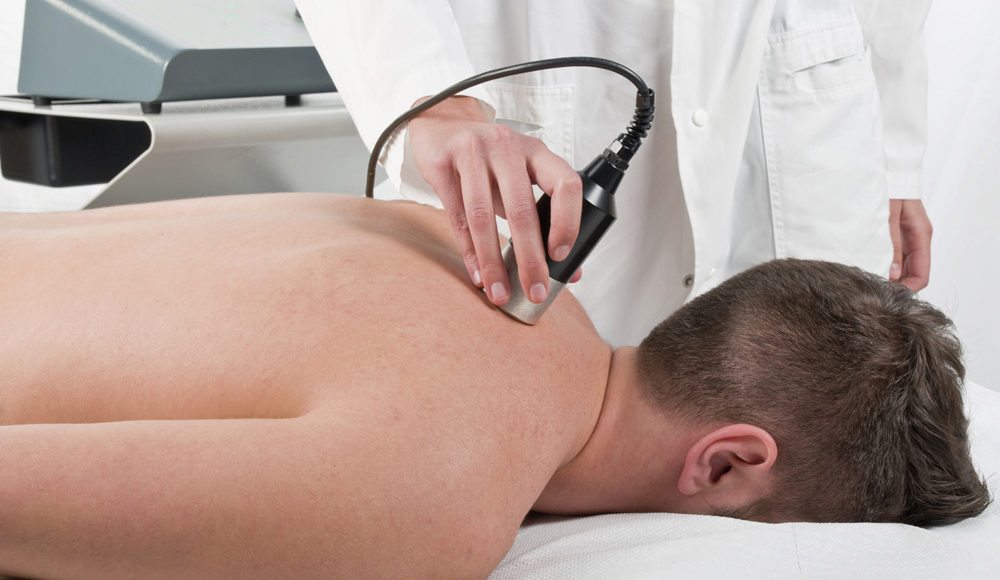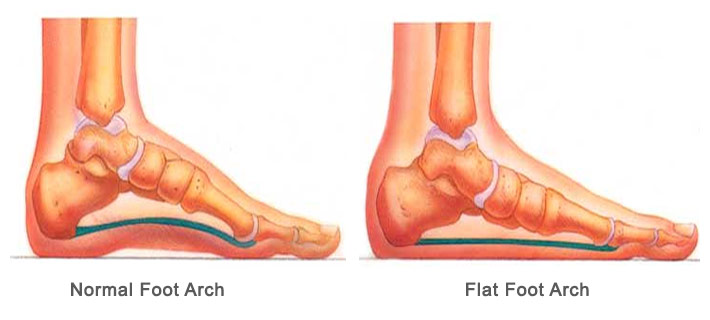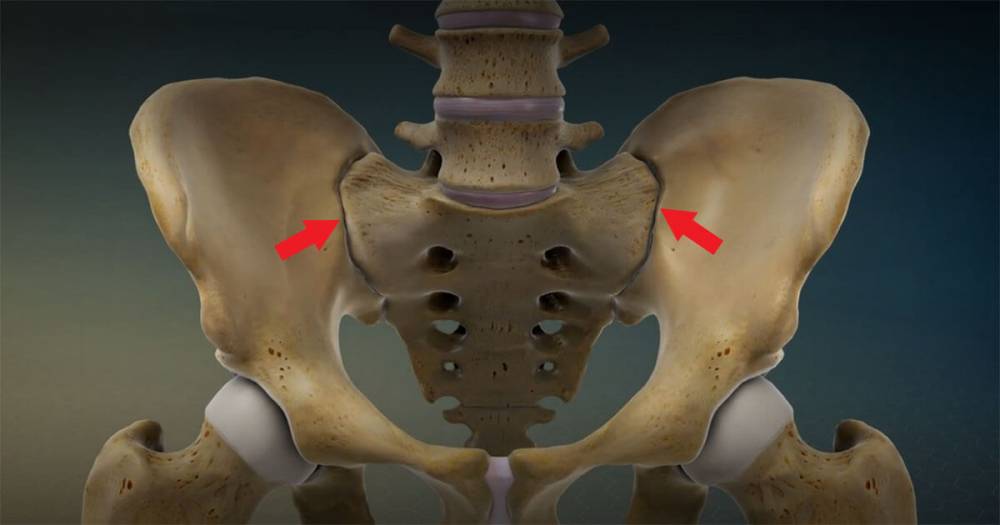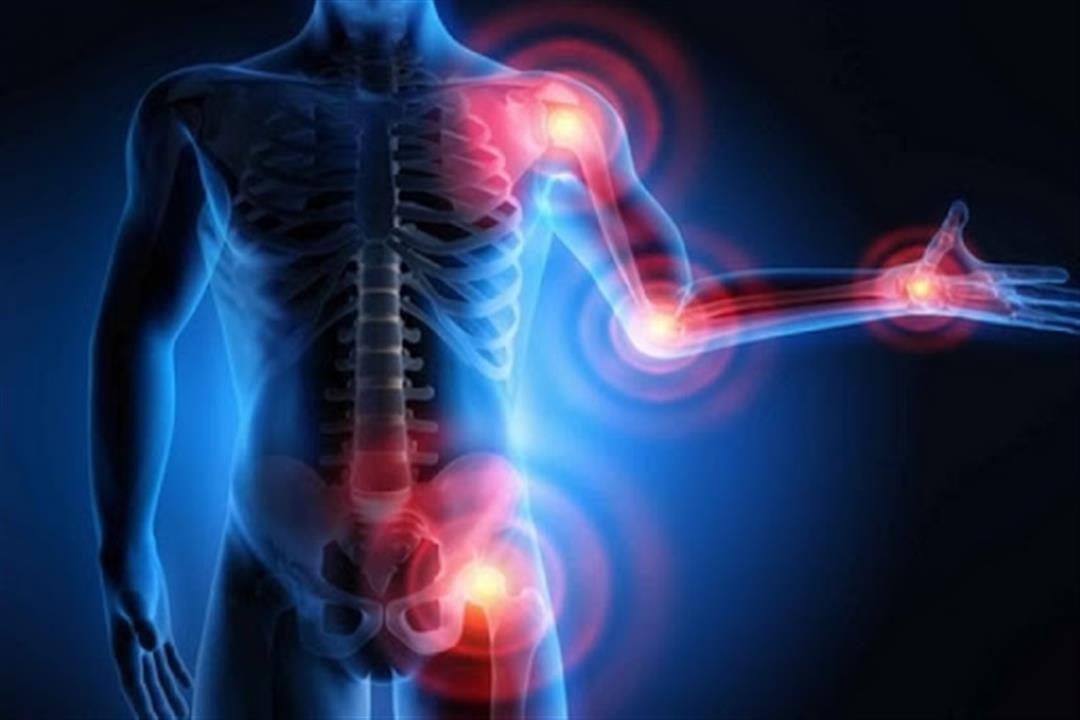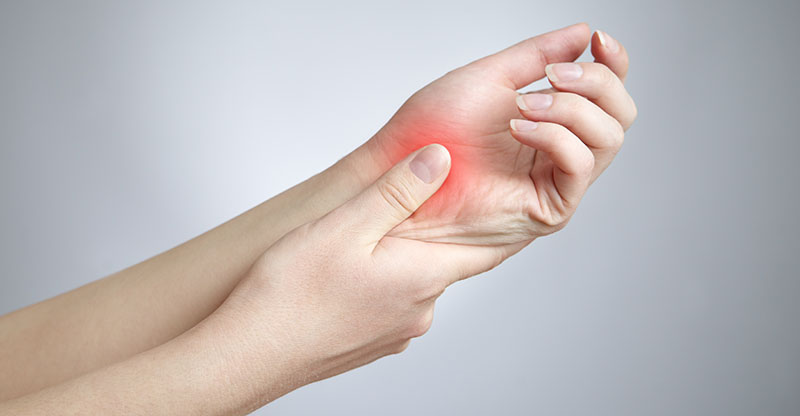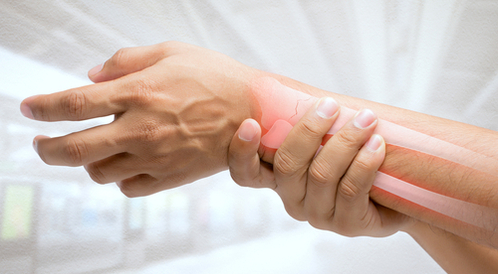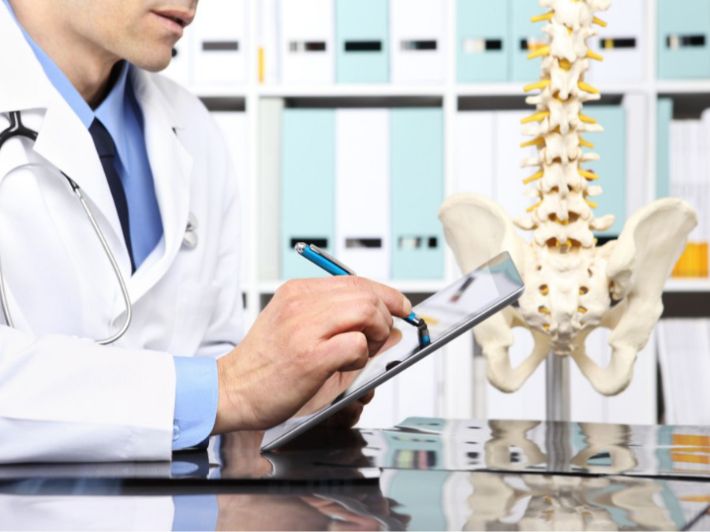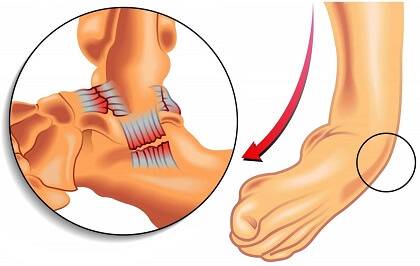What are the symptoms of osteoporosis?
Osteoporosis has some symptoms that appear on the person, but this is in the advanced stages of the disease and not in the early stages, and identifying them and starting treatment helps in recovering faster, and here are some symptoms of osteoporosis in the following article.
What are the symptoms of osteoporosis?
Osteoporosis is a weakness that occurs in the bones and causes osteomalacia and occurs mostly in the elderly, which causes a great impact on the injured person and has limited movement and the patient feels pain when doing light work such as daily activities.
Some serious complications of osteoporosis affect the patient’s health condition, and the person may suffer from double fractures that lead to severe pain and sometimes respiratory problems due to the presence of various fractures.
Osteomalacia occurs in the human body due to a weakness in the bone mass that the person carries in the body, and thus a negative effect occurs on the body, and there are more chances for the occurrence of many or deformation in the bones, and the symptoms of osteoporosis appear as follows:
- Pain in the bones of the body, especially the backbones.
- A feeling of difficulty practicing normal movement.
- Weight loss and back curvature.
- Exposure to more fractures in separate parts of the body.
- Bone atrophy and deformation.
- Exposure to a sharp and volatile mood.
Symptoms of osteoporosis in women
Women are among the most vulnerable groups to osteoporosis, especially after menopause (the menstrual cycle), which means a decrease in the percentage of estrogen in the woman’s body, which is one of the elements of several important processes in the body, including maintaining healthy bone growth.
Osteoporosis causes an increase in the spaces between the bones and their size, which helps in reducing bone strength and mass and thinning the bone density, which makes the person with difficulty in movement and is more exposed to fractures and complications and lose the ability to carry out normal activities.
Types of osteoporosis
There is more than one type of osteoporosis, and the first type occurs as a result of women reaching menopause and the body’s lack of estrogen, which affects the health of the bones. As for the second type, it occurs as a result of many factors, including taking medications that weaken the body’s absorption of calcium or medical conditions that affect the bones and reduce their density.
What are the symptoms of osteoporosis in women?
Symptoms of osteoporosis can appear in women after a delay in time, and often after exposure to a fracture or pain in the bones, and the chances of exposure to many health problems, including heart diseases and the respiratory system, may increase due to the weakness of the body in general.
Here are some signs and symptoms of osteoporosis in women:
- A feeling of pain in the back vertebrae.
- Difficulty doing daily activities.
- Being hunched over or bending the back.
- Weak nails.
- Gum recession.
Symptoms of osteoarthritis of the hand
A person with osteoporosis may find some symptoms that occur to him, usually after the injury, and the symptoms are as follows:
- A feeling of pain in the hand joint in the morning.
- The appearance of swelling in the hand.
- Weak hand grip.
- The appearance of deformities in the bones of the wrist.
Symptoms of osteoarthritis of the knee
Osteoporosis can affect more than one part of the body, including the hands, thigh, and also knee, which is one of the most vulnerable parts of the body to osteomalacia.
The knee goes through four stages of osteoarthritis, and symptoms begin to appear in the first to fourth stages. Here are the stages and symptoms of knee osteoarthritis:
- The first stage: the knee can be affected by fragility, damage to the joint and the cartilage in it, and knee pain increases.
- The second stage: the knee begins to stiffen at this stage, and the person feels more pain, and some bumps appear on the joint.
- The third stage: Symptoms can increase to the knee and cause more difficulty in performing normal activities, including walking, standing, and bending, and more swelling occurs in the joint.
- The fourth stage: It is the largest stage of knee osteoarthritis, and it includes stiffness of the joint, tissue damage, inflammation in the knee, cartilage erosion, and bone friction that begins directly.
Symptoms of osteoporosis in the legs
Osteoporosis is a decrease in bone density, which causes pain to the affected person and limits his ability to carry out daily activities and feeling of pain in the bones and vertebrae of the back as well as the man, and symptoms are osteoporosis in the legs in the form of bone pain, difficulty in movement, and sometimes imbalance.


